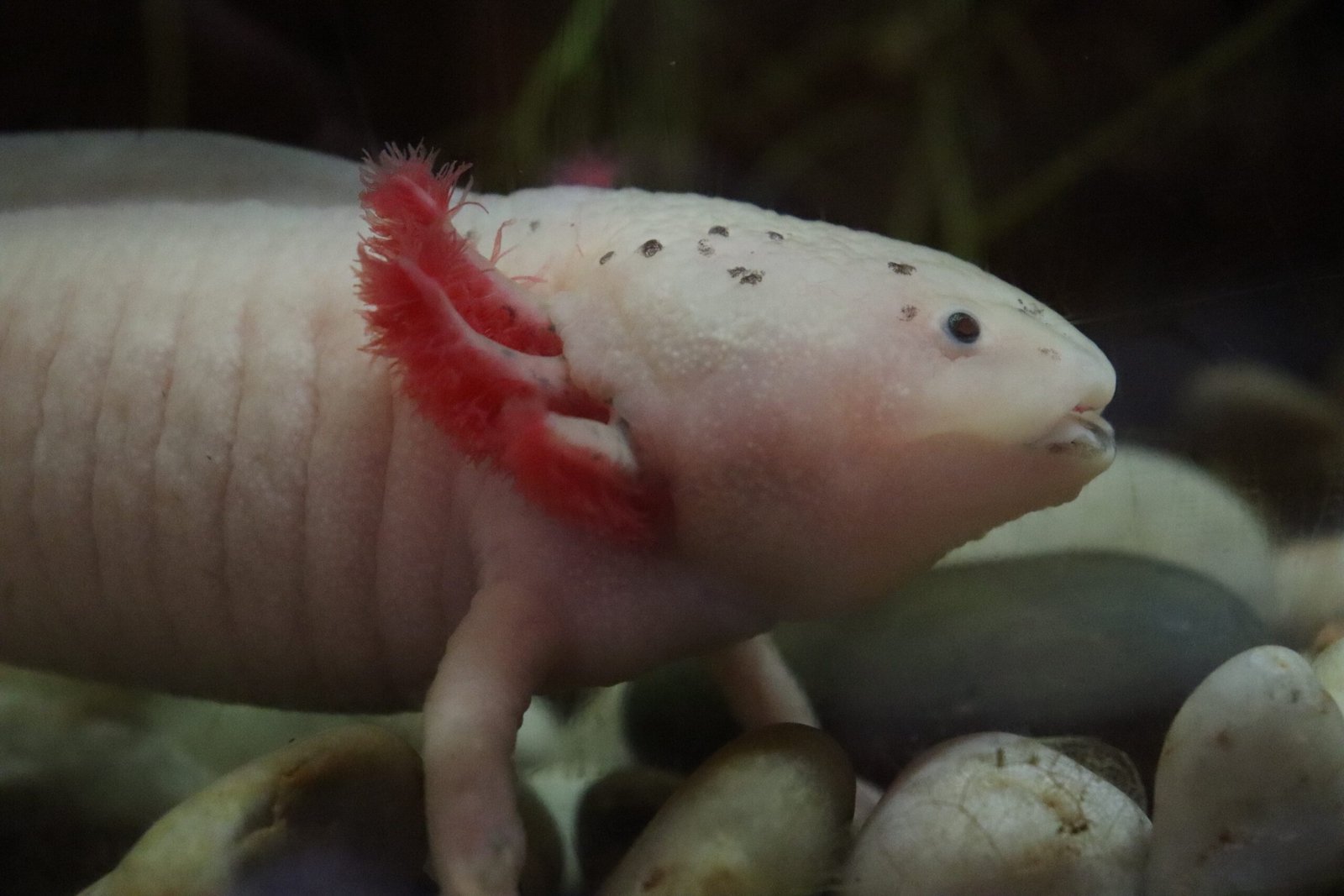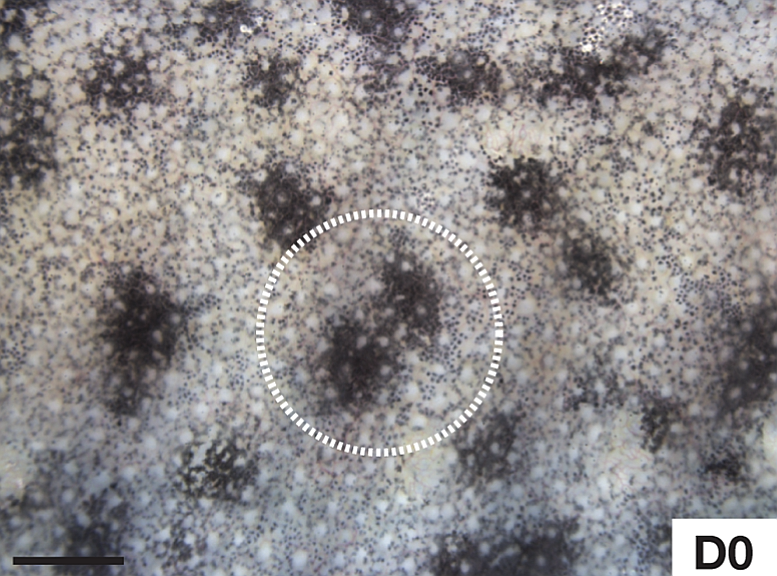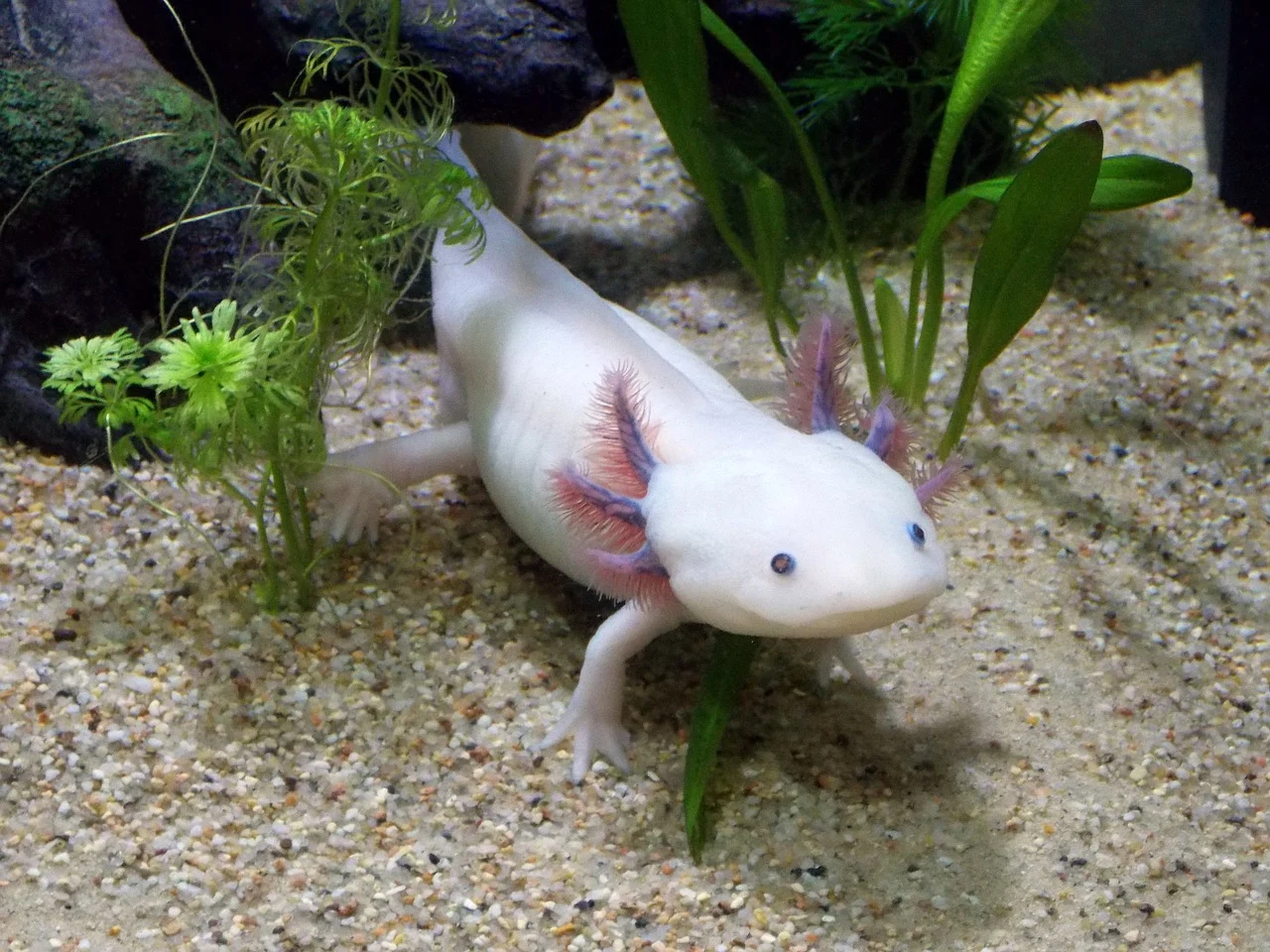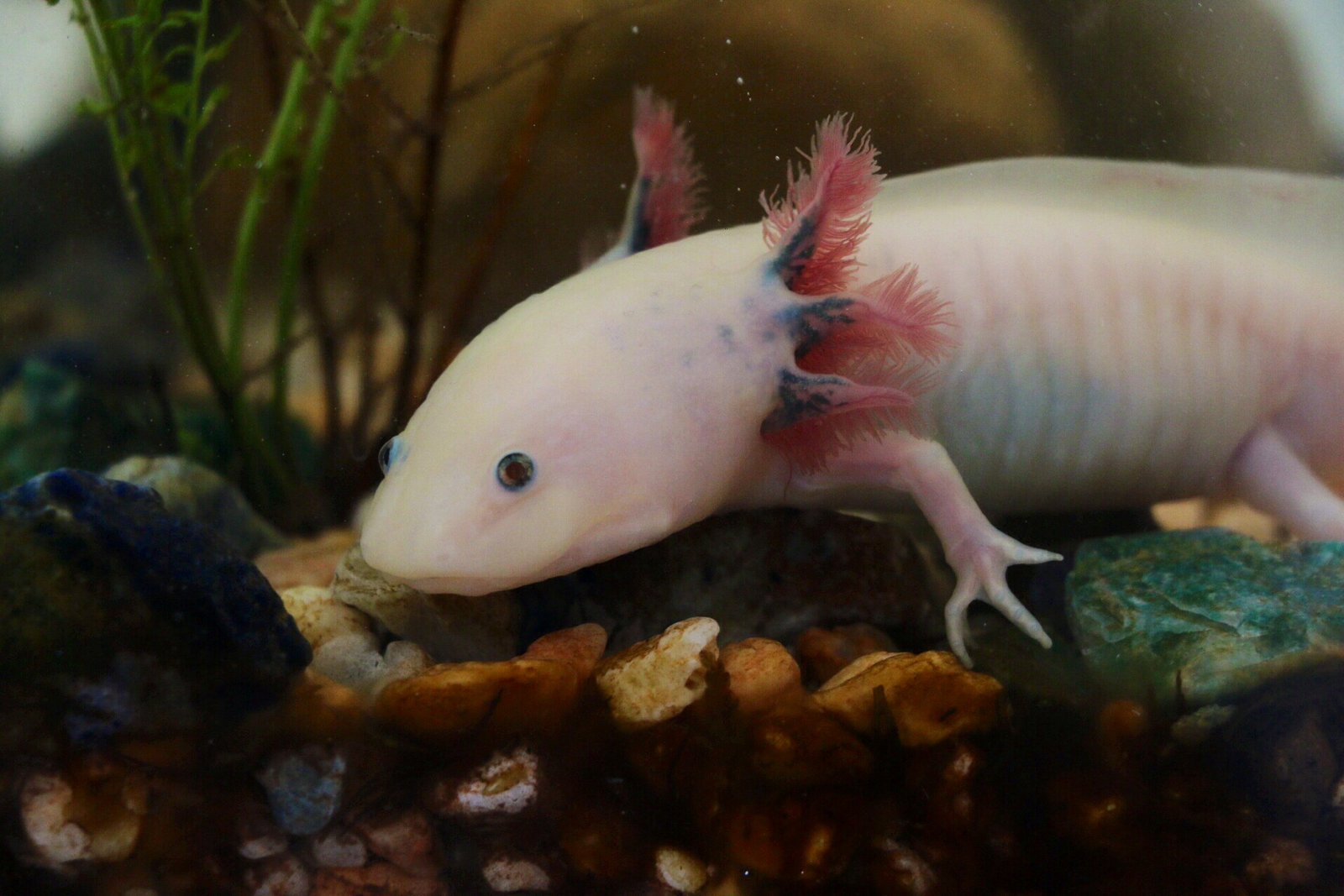Imagine a creature so magical it seems ripped from the pages of a fantasy novel—a being that never truly ages, can regrow lost limbs, and even rebuilds its brain. Meet the axolotl, a rare and fascinating salamander that breaks all the rules of nature. With its perpetual smile and feathery gills, this Mexican marvel has enchanted scientists, artists, and animal lovers alike. Its story is one of resilience, wonder, and a touch of mystery, beckoning us to look closer at the natural miracles hiding in plain sight.
A Creature Frozen in Youth
The axolotl stands out for one astonishing trait: it never grows up in the traditional sense. While most amphibians undergo metamorphosis—transforming from water-bound larvae to land-walking adults—the axolotl remains forever youthful. This phenomenon, known as neoteny, means the axolotl keeps its juvenile features, like its soft skin, tail fin, and signature external gills, throughout its entire life. The animal lives, breathes, and thrives underwater, never feeling the urge to crawl onto land. It’s as if Peter Pan himself designed a salamander that refused to grow old, embracing perpetual childhood with every fiber of its being.
The Power of Regeneration
Perhaps the most jaw-dropping axolotl superpower is its ability to regrow body parts. Lose a leg? It grows back perfectly. Damage the heart or spinal cord? No problem—regeneration kicks in. But the true marvel lies in its brain. Scientists have discovered that axolotls can regrow parts of their brains, restoring lost tissue and function over time. This level of regeneration is nearly unmatched in the animal kingdom and has made the axolotl a superstar in scientific laboratories. Researchers hope to unlock the secrets behind this regenerative ability, with the dream of one day translating it into human medicine.
Living Jewels of Mexico’s Waters
Axolotls are native to the ancient lakes of Xochimilco and Chalco near Mexico City. These lakes, with their cool, clean waters, once teemed with axolotls gliding gracefully among lily pads and reeds. Locals considered them living treasures, and their unique looks inspired Aztec legends. Today, however, only a few wild axolotls remain. Pollution, habitat loss, and invasive species have driven them to the edge of extinction in their natural home. Despite this, axolotls have found a new life in aquariums and research labs around the world, keeping their legacy alive.
Axolotl Anatomy: A Closer Look

An axolotl’s appearance is nothing short of captivating. Its head is wide, crowned by feathery gills that flutter like delicate underwater fans. These gills are not just for show—they allow the axolotl to draw oxygen directly from the water. Its tiny, lidless eyes give it a curious gaze, and its perpetual smile seems to radiate gentle mischief. The animal’s limbs are slender yet strong, perfectly suited for gliding along lakebeds. Its skin can come in a variety of colors, from wild brown and black to the famous white “leucistic” form with pink highlights.
The Secret Behind Eternal Youth

Why does the axolotl never outgrow its childhood form? Scientists believe the answer lies in thyroid hormones. In most amphibians, a surge of these hormones triggers the transformation to adult life. In axolotls, however, the process is mysteriously blocked, leaving them in a permanent larval state. Some researchers have even managed to trigger metamorphosis artificially in the lab, but the natural axolotl seems perfectly happy as an eternal aquatic youngster. This rare trait not only makes the axolotl unique but also provides valuable clues for understanding growth and development in all animals.
Regrowing the Impossible: The Brain’s Comeback

When an axolotl suffers a brain injury, something extraordinary happens. Cells at the injury site begin to multiply, replacing lost neurons and rebuilding damaged networks. This process, called neurogenesis, is mostly absent in adult mammals, making the axolotl’s recovery nothing short of miraculous. Researchers have observed axolotls recovering from injuries that would leave other animals permanently disabled. The hope is that by studying these salamanders, scientists can one day help humans heal from brain injuries or neurodegenerative diseases.
Axolotls in Science and Medicine
The axolotl’s regenerative abilities have made it a darling of the scientific world. Laboratories across the globe keep colonies of axolotls, using them to study everything from tissue regeneration to genetics. Because their embryos are large and transparent, axolotls are perfect for observing developmental processes under a microscope. Their unique traits have already led to breakthroughs in understanding how nerves and tissues repair themselves, sparking hope for advances in treating spinal cord injuries and limb loss in humans.
Aquarium Stars and Pet Sensations
Beyond the lab, axolotls have become beloved pets for people who crave something truly different. Their quirky looks and gentle nature make them a favorite among aquarium enthusiasts. Caring for an axolotl isn’t always easy—they need cool, clean water and plenty of space to swim—but their personalities shine through. Some owners claim their axolotls recognize them and even beg for food with tiny, waving limbs. Their popularity as pets has helped raise awareness about their conservation, but it also brings challenges, like the need for responsible breeding and habitat protection.
Culture and Myth: The Axolotl’s Legendary Status

In Mexican culture, the axolotl holds a special place. Ancient Aztecs believed this water creature was the embodiment of the god Xolotl, who transformed himself to escape danger. The axolotl’s image appears in art, folklore, and even modern-day cartoons. Its story—a blend of survival, transformation, and healing—continues to inspire writers, artists, and filmmakers. Many see the axolotl as a symbol of hope, resilience, and the enduring power of nature.
A Species in Peril
Despite their fame, wild axolotls are in grave danger. Their natural habitat has shrunk dramatically, and the remaining lakes are threatened by pollution, overfishing, and invasive species like tilapia. Conservationists are working tirelessly to restore these wetlands, build protected habitats, and educate local communities about the axolotl’s plight. International breeding programs aim to keep the genetic diversity of axolotls alive, but the battle to save them in the wild is ongoing and urgent.
Unlocking the Axolotl’s Secrets for the Future

The axolotl’s supernatural abilities are more than just scientific curiosities—they offer real hope for the future of medicine and conservation. By studying how these salamanders repair their bodies and brains, scientists are inching closer to breakthroughs that could change lives. The axolotl teaches us that even the most delicate creatures can possess incredible powers. As we protect and learn from them, we are reminded that the wonders of nature may hold the answers to some of our biggest challenges. What other secrets might be hiding in the world’s overlooked species?




